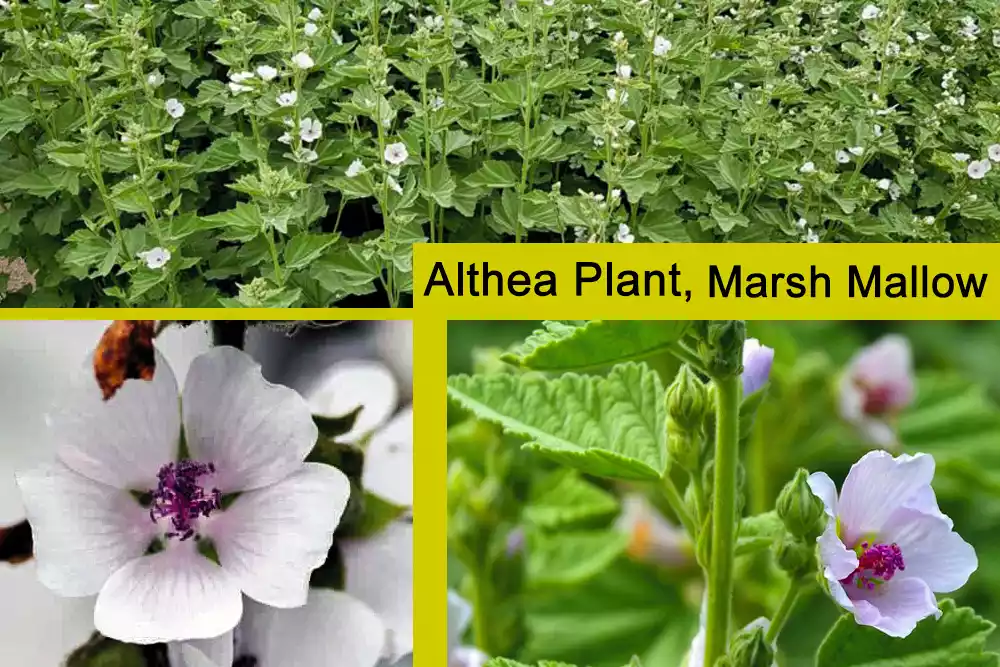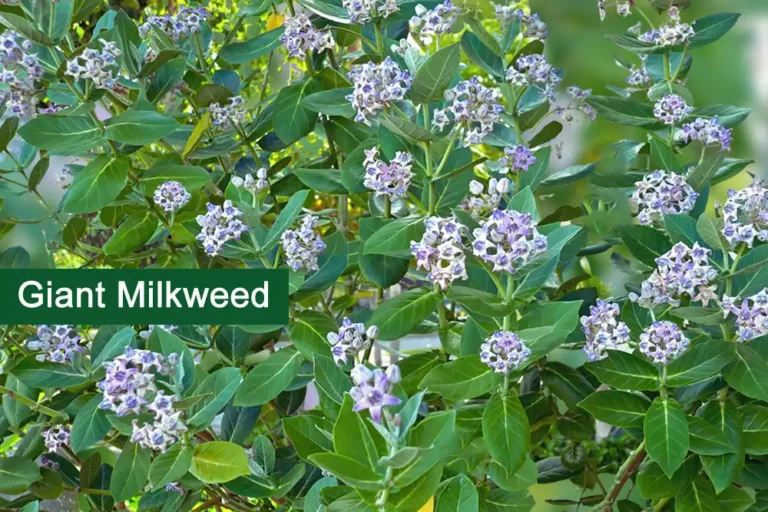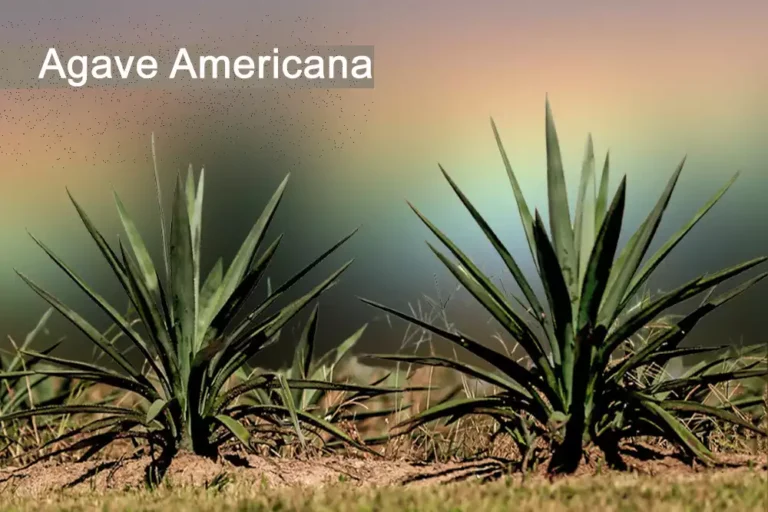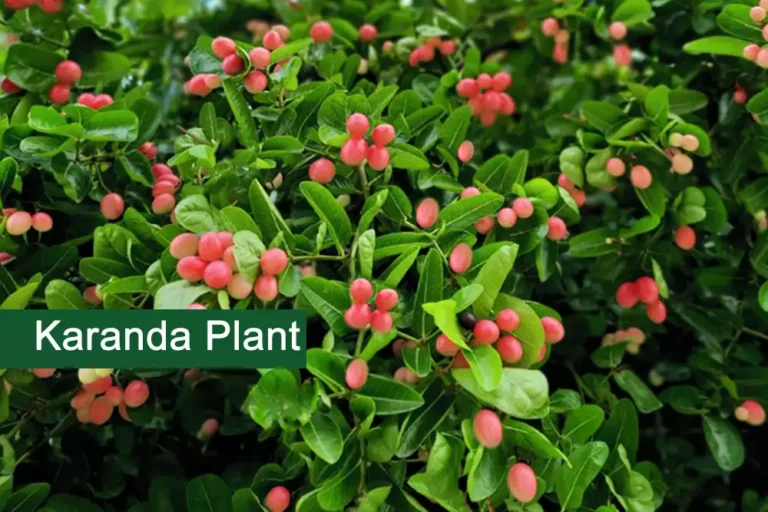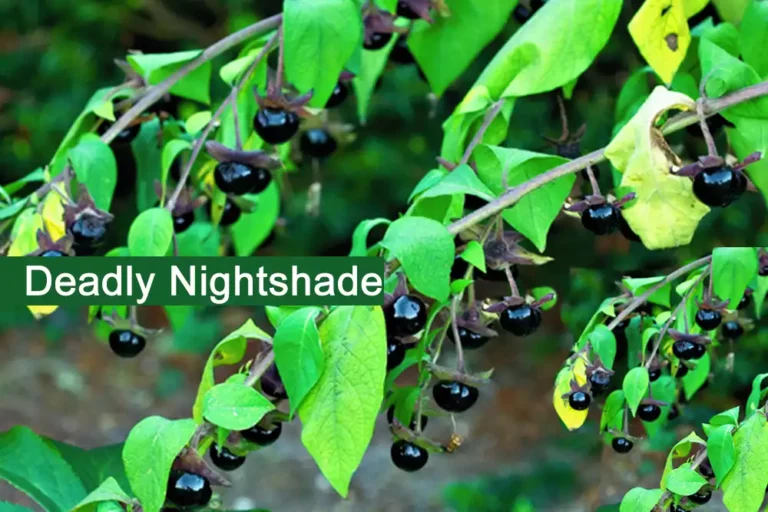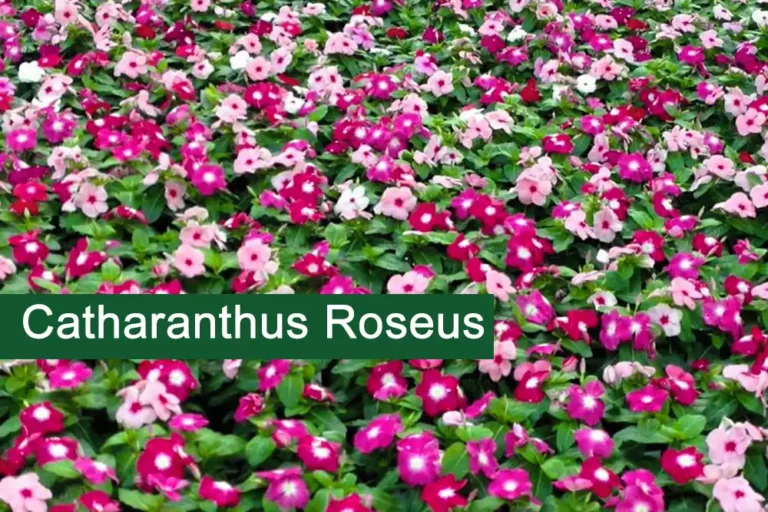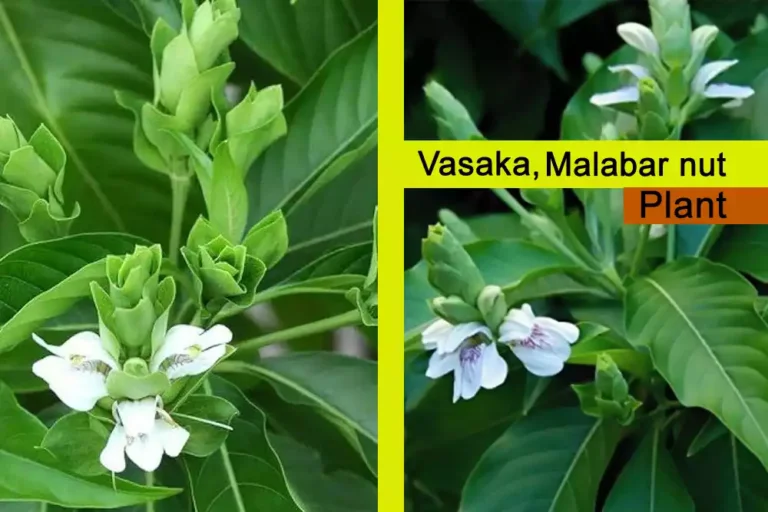Althea Plant (Marsh mallow) Medicinal Uses, And Benefits
The Althea plant (Marsh mallow), also known as Althea officinalis, Marsh mallow, Gul-e-khero, Khatmi. Find out the medicinal uses, benefits, and how to identify and grow this plant, and the traditional and international uses of Althea plant.
Table of Contents
Althea Plant Overview
| Botanical Name | Althea officinalis |
| English Name | Marsh mallow |
| Urdu Name | Gul-e-khero, Khatmi |
| Family | Malvaceae |
| Habit | Perennial shrub |
| Part Used | Flowers, leaves and roots |
| Medicinal Plants | Explore |
Distribution of Althea Plant
Althea plant Native to France, southern and Western Europe, western Asia, and the northeastern region of North America. It is also grown in Britain, Greece, Iraq, Peru, Spain, Turkey and Pakistan.
Althea Plant (Marsh mallow)
Althea plant grows up to 1.2m by 0.75m. The leaves have the texture of velvet, with the lower leaves being circular, 3-5 lobed and toothed. The upper leaves are ovate to lanceolate, pointed, lobed and toothed. It has woolly stems and several spreading leafy branches.
The flowers of the Marsh mallow plant are generally solitary, borne from the upper leaf axils, five pink or white, obovate, notched petals. The seeds are dark- brown, glabrous, kidney-shaped, and somewhat compressed.
Red Heart Althea Plant
Marsh mallow plant is the precursor to Red Heart Althea Plant which is one of the most interesting varieties of hibiscus plants due to its bright red flowers with white edges and dark red centers that resemble “hearts”. It grows well and has very attractive foliage which uses like a scenic addition to gardens that are different from all others. Also, this type of good flower has medicinal qualities just like its relative’s (Althea officinalis) thus bringing beauty, function as well as aesthetics in garden or indoors setting.
Purple Althea Plant
A stunning herb, perennial in nature, Purple Althea Plant is also called as Althea officinalis. It has delicate pale purple flowers blooming from late summer to mid-summer. Its upright stems and velvety leaves contrast sharply with the other plants in any garden or indoor space where it is grown.
People have used this Althea plant for centuries mainly for its healing effect on digestion and skin problems. Purple Althea Plant will be an easy addition to your collection that does not require much of your time and effort but still offers a sense of glamor and health.
Medicinal Uses of Althea Plant
Folk use
The dried root is used as a toothbrush or is chewed by teething children. Althea may be boiled in wine or milk, or made into syrup for coughs. An infusion of the leaves is used to treat cystitis and frequent urination and to reduce inflammation of the eyelid. Flower used for wasp stings. Prepare a strong tea from the leaves and use for an abscess or boil.
Tib use
The leaves of Althea plant make an excellent poultice for leg ulcers. When made into a tea, althea is excellent for coughs and bronchitis. Leaves are use for treating wounds. A compress or poultice is used for pain. The leaf is used for the treatment of lungs and urinary system related problems. The leave may also be used in cases of arthritis and urinary gravel.
International use
The root of Althea plant (Marsh mallow) is expectorant, diuretic, emollient and vulnerary. It is said to ease passage of kidney stones. It is used as demulcent has soothing and healing properties. The root of Althea plant is used mainly for digestive problems and on the skin. In inflammations of the digestive tract, such as inflammation of the mouth, gastritis, peptic ulcer, the root is advised. It is also applied externally to bruises, sprains, aching muscles, insect bites, splinters etc. The root can be used in an ointment for treating boils and abscesses.
Culinary use
Althea plant is found to be quite acceptable in salads when chopped up finely. When boiled and then fried with onions make a palatable dish. It is used to thicken soups. The root is used as a vegetable, it is also dried then ground into a powder, made into a paste and roasted to make the sweet ‘marshmallow. A tea is made from the flowers and roots.
Constituents of The Althea Plant
It contains mucilage, tannins, pectin, asparagines and traces of essential oil. Althea also contains phosphate of lime.
Climate and Growth Conditions
- Temperature: Max: 35°C, Min: 2°C
- Climate: Temperate region
- Rainfall: 1600 mm/year
- Soil: The plant prefers light sandy, medium loamy and heavy clay soils.
- pH Range: 5.2-8.4
- Reproduction: By seeds
FAQs
-
Does Althea like sun or shade?
Althea thrives indirect bright light and partial shade rather than full sun.
-
Is Althea the same as hibiscus?
No, these are different plants and belong to different species although they do have some similarities.
-
Is Althea the same as Rose of Sharon?
No, they are both flowering plants but belong to different genera.
-
What is the plant Althea used for?
In traditional medicine, food, and cosmetics for centuries, marsh mallow (also known as Althea) has been used. The roots and leaves of it contain properties that can soothe irritation and reduce inflammations.
-
What is marshmallow used for?
In candies, herbal remedies and cosmetics made from Marsh mallow roots and leaves people use these products to cure digestive problems, skin irritations and respiratory condition such as bronchitis .
-
Is the marsh mallow plant edible?
Yes, the marsh mallow plant is edible. It can be consumed in various ways including teas, soups or salads in forms of its flowers, leaves and roots .
-
Who should avoid marshmallow root?
The root is not recommended for diabetics, expectant and nursing mothers or those with delicate tummies who must consult a doctor before using it, as it may worsen health conditions or interact with medications.
-
What is marshmallow root in Urdu?
In Urdu marshmallow root is known as ‘Khatmi” or “Gul-e-Khatmi”.

